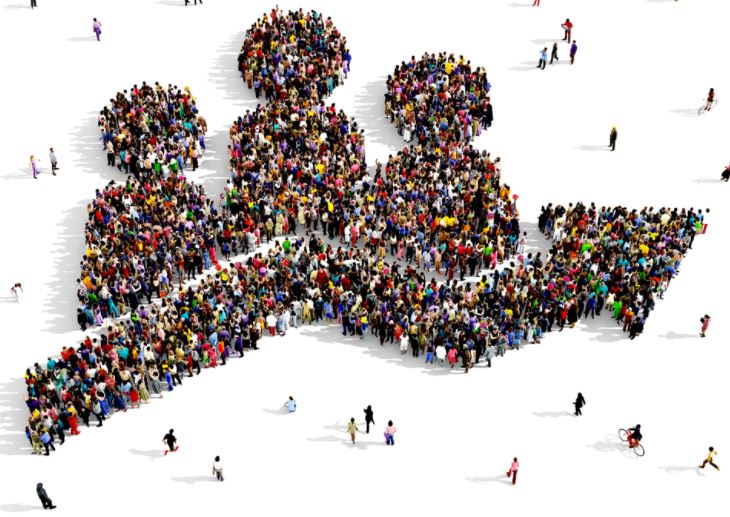
Demographic Analysis is a technique used to develop an understanding of the socioeconomic composition of a population. It produces a statistical breakdown of various objective traits within a geographic location. These traits include, but are not limited to, age, sex, education level, income level, familial status, race and religion. Each trait is associated with certain assumptions and understandings based on historical and sociological evidence. This is why business use Demographic Analyses to establish a target audience. It allows them to make reasonable predictions about product preferences and consumer behavior within a geographic area, aiding in decision making. Above that, it helps businesses understand the needs of those demographics it doesn’t already service, allowing them an opportunity to adjust and expand.
Who uses a Demographic Analysis?
Virtually every business conducts a Demographic Analysis at some point in its lifetime. Restaurant Franchise Owners use demographic data when deciding where to open their chains to ensure there is a demand among the local clientele. It wouldn’t be wise for a high-end restaurant to open a location in an area where the majority of the population earns below average income. Real Estate Developers use a Demographic Analysis to address housing needs according to statistics on age or family size. Healthcare and Medical Companies will choose to operate in locations with high demand, such as areas with a high percentage of elder people. Advertising Agencies use Demographic Analysis for ad placement strategy, targeting the demographic of people that are most likely to purchase a particular product. Economists use Demographic Analyses to measure immigration and the labor market and make educated economic assessments.
